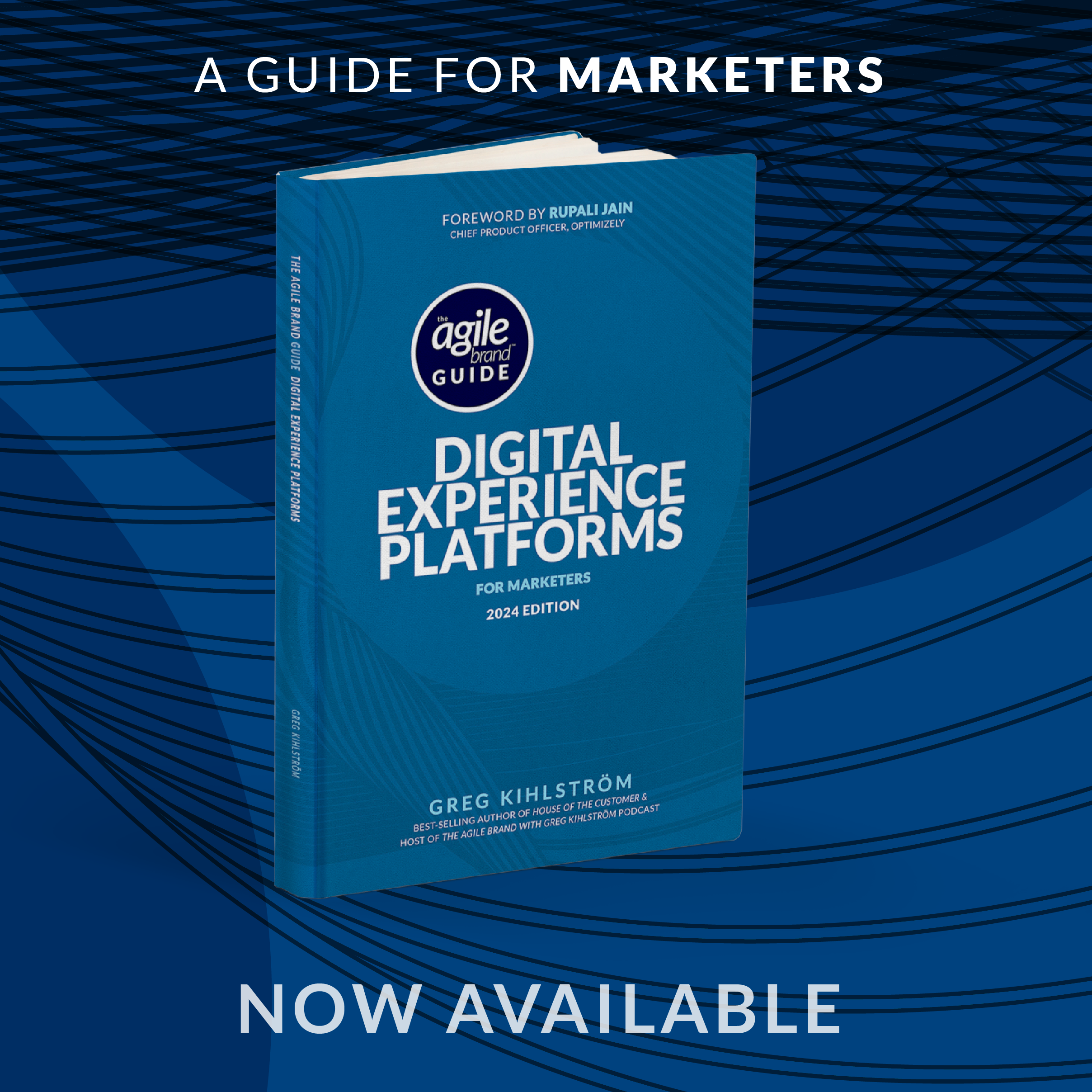This article was based on the interview with Kaaren Hanson, Chief Design Officer at Chase by Greg Kihlström, MarTech keynote speaker for The Agile Brand with Greg Kihlström podcast. Listen to the original episode here:
One of the key aspects of successful design for user experience is understanding the relationship between technology, human behavior, and the human brain. While technology evolves rapidly, our brains do not change at the same pace. Therefore, it is crucial to consider how people operate and what consistently elicits positive emotions. Factors such as exceeding expectations, aligning with values, and spending time with loved ones can contribute to a positive user experience.
Incorporating AI into the design process can also enhance user experiences by solving specific problems more efficiently. For example, using AI to summarize information for call center agents can help them provide accurate answers to customers more quickly, ultimately improving customer satisfaction. Additionally, exploring generative visual AI for branding purposes can lead to new ideas and potential efficiencies in design processes.
When it comes to balancing form and function in design, it is essential to prioritize what is most prominent on a screen and how it contributes to the overall user experience. By strategically deciding what elements should stand out and how they can help users achieve their goals, designers can create effective and user-friendly interfaces. Visual design plays a significant role in evoking emotions, guiding users’ attention, and enhancing the overall user experience.
Measuring the success of user experience design is crucial for continuous improvement and optimization. Metrics and analytics play a vital role in evaluating the effectiveness of design choices, identifying areas for improvement, and making data-driven decisions. By tracking key performance indicators, such as user engagement, conversion rates, and customer satisfaction, organizations can ensure that their design efforts are aligned with user needs and business goals.
Designing for user experience success requires a comprehensive understanding of human behavior, technology trends, and the principles of effective design. By prioritizing problem-solving, creating seamless experiences, and incorporating metrics and analytics into the design process, organizations can deliver exceptional user experiences that drive business growth and customer loyalty.












